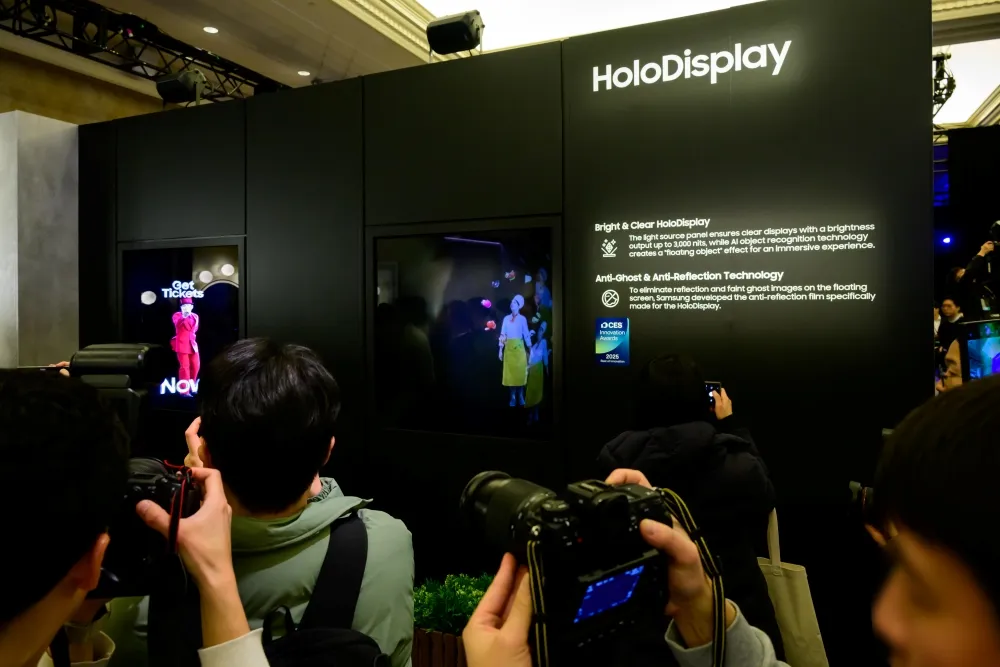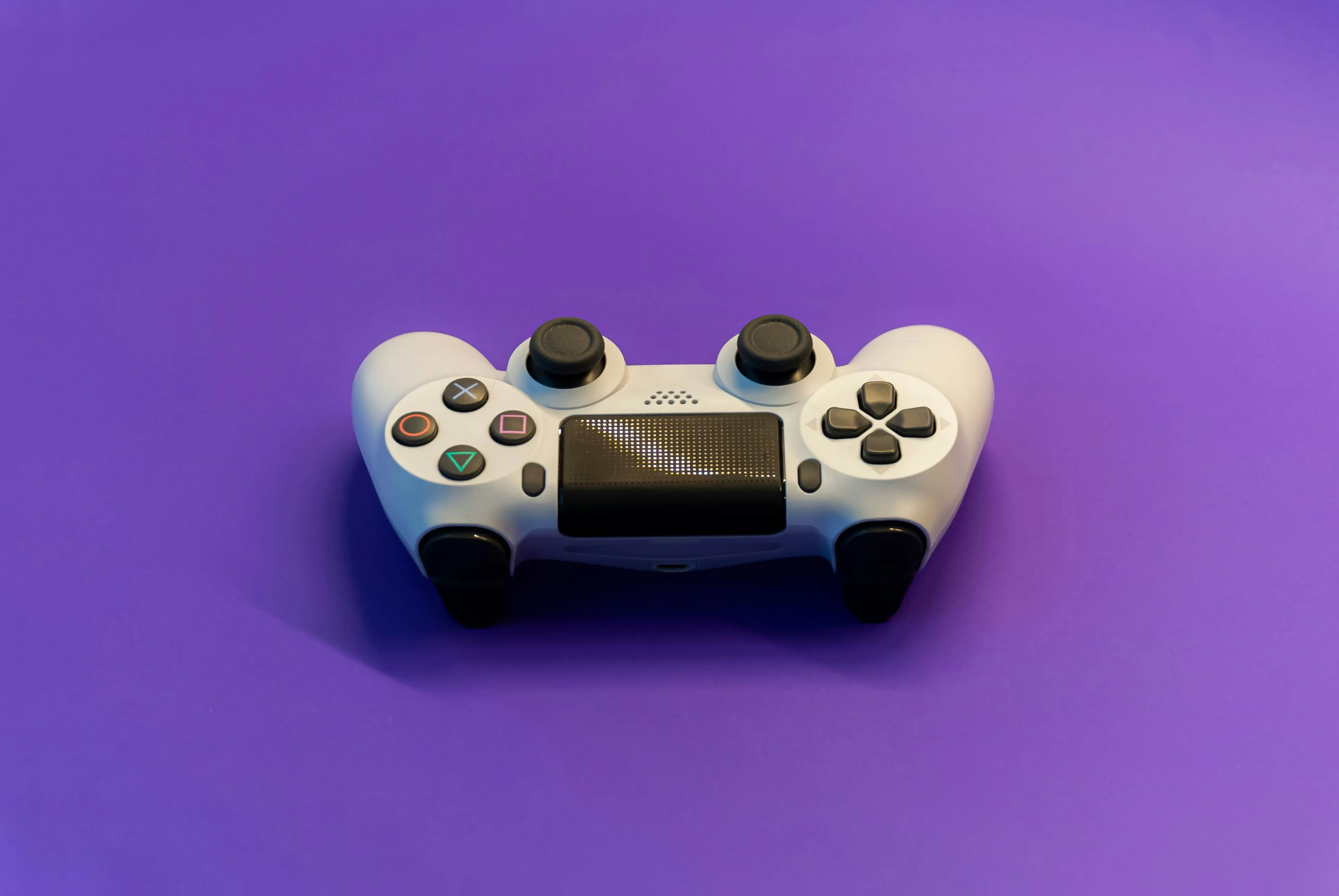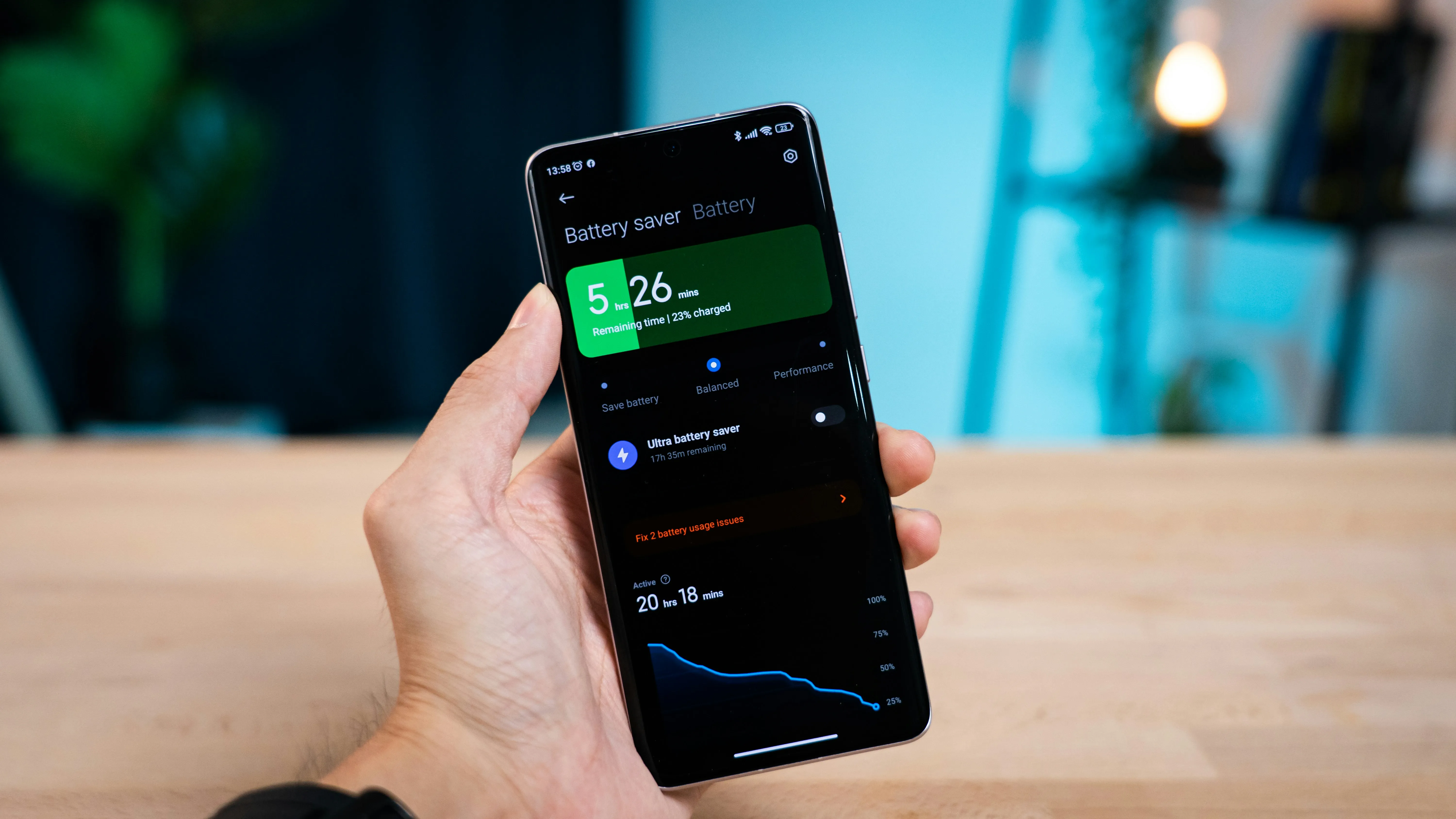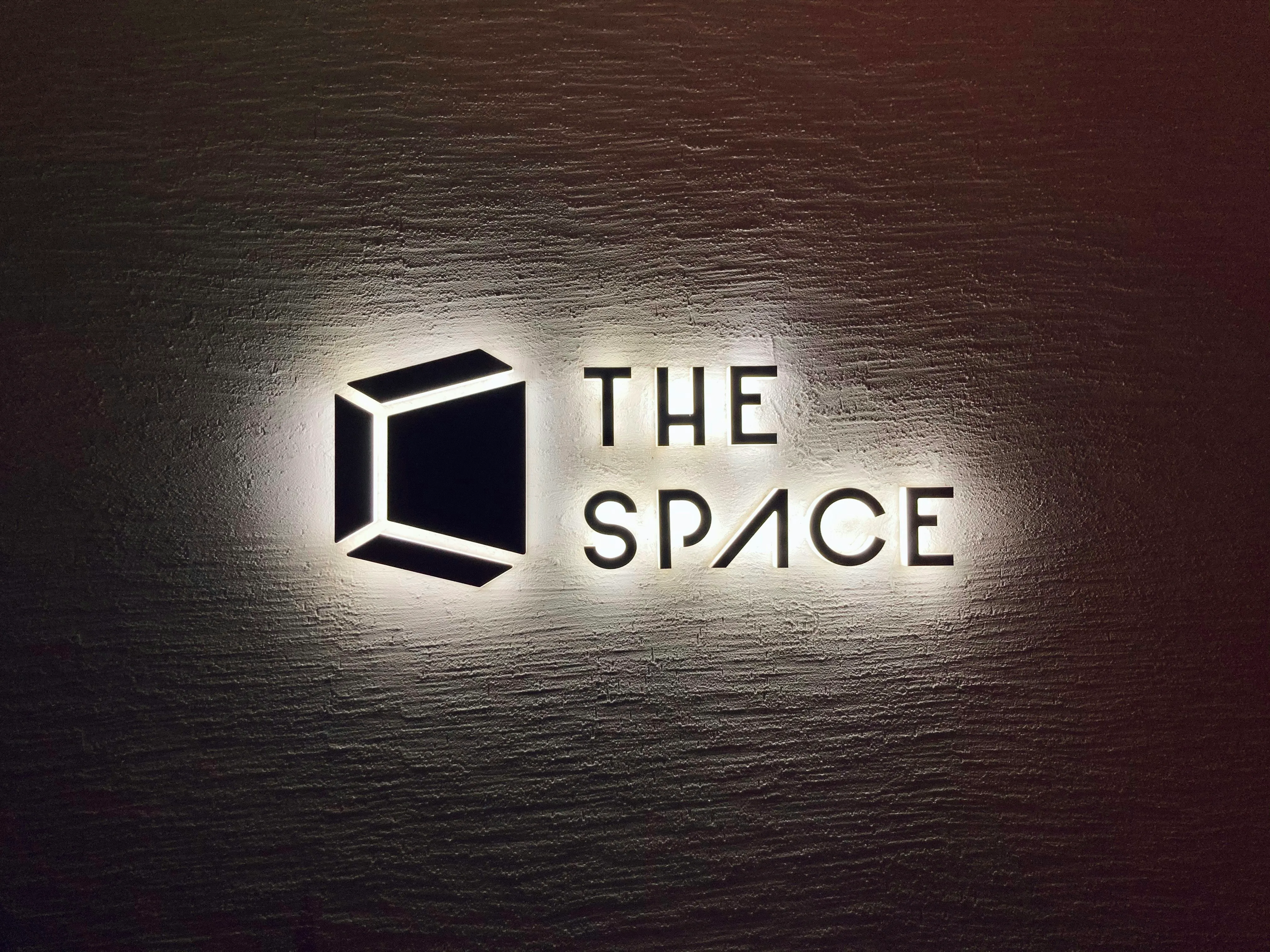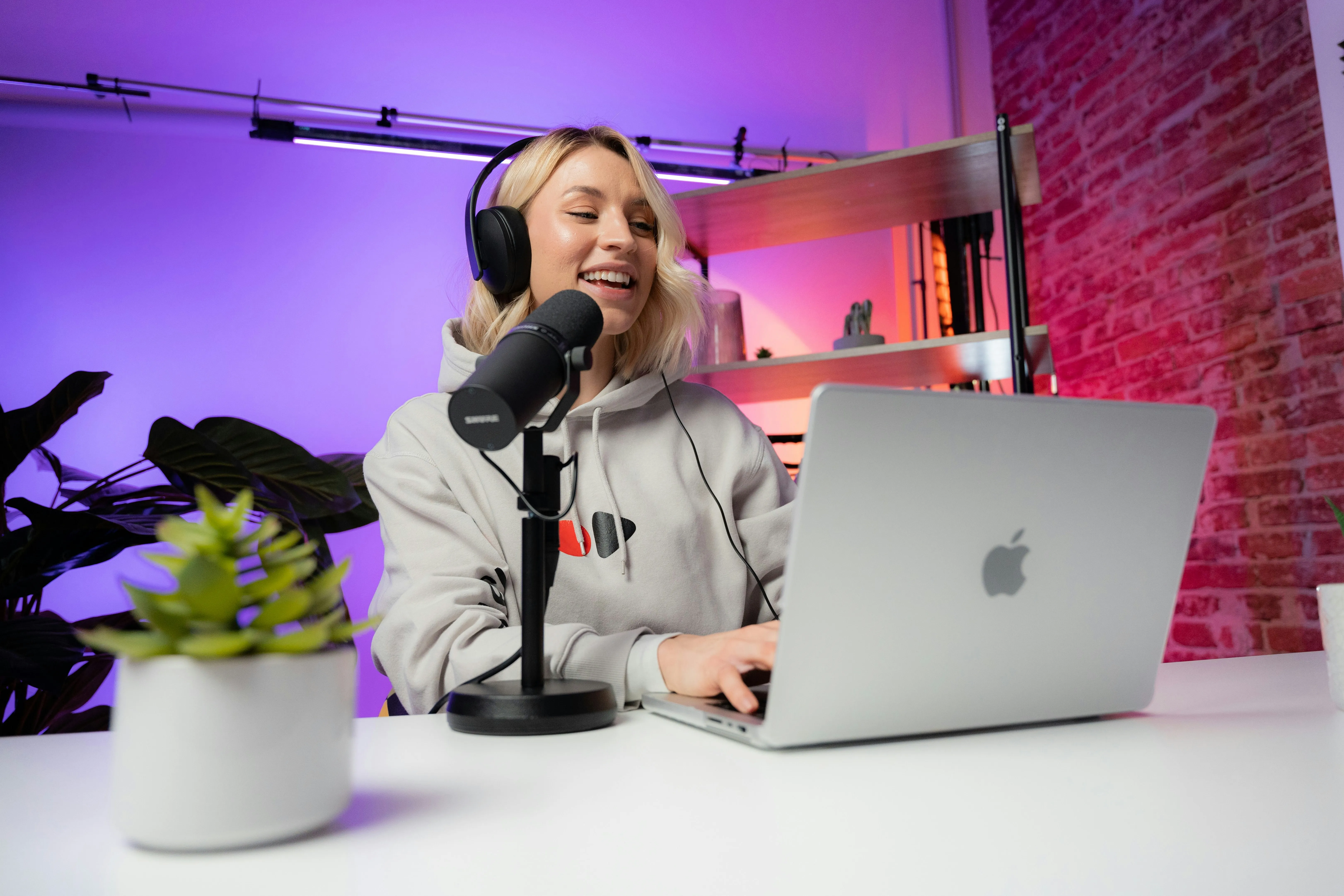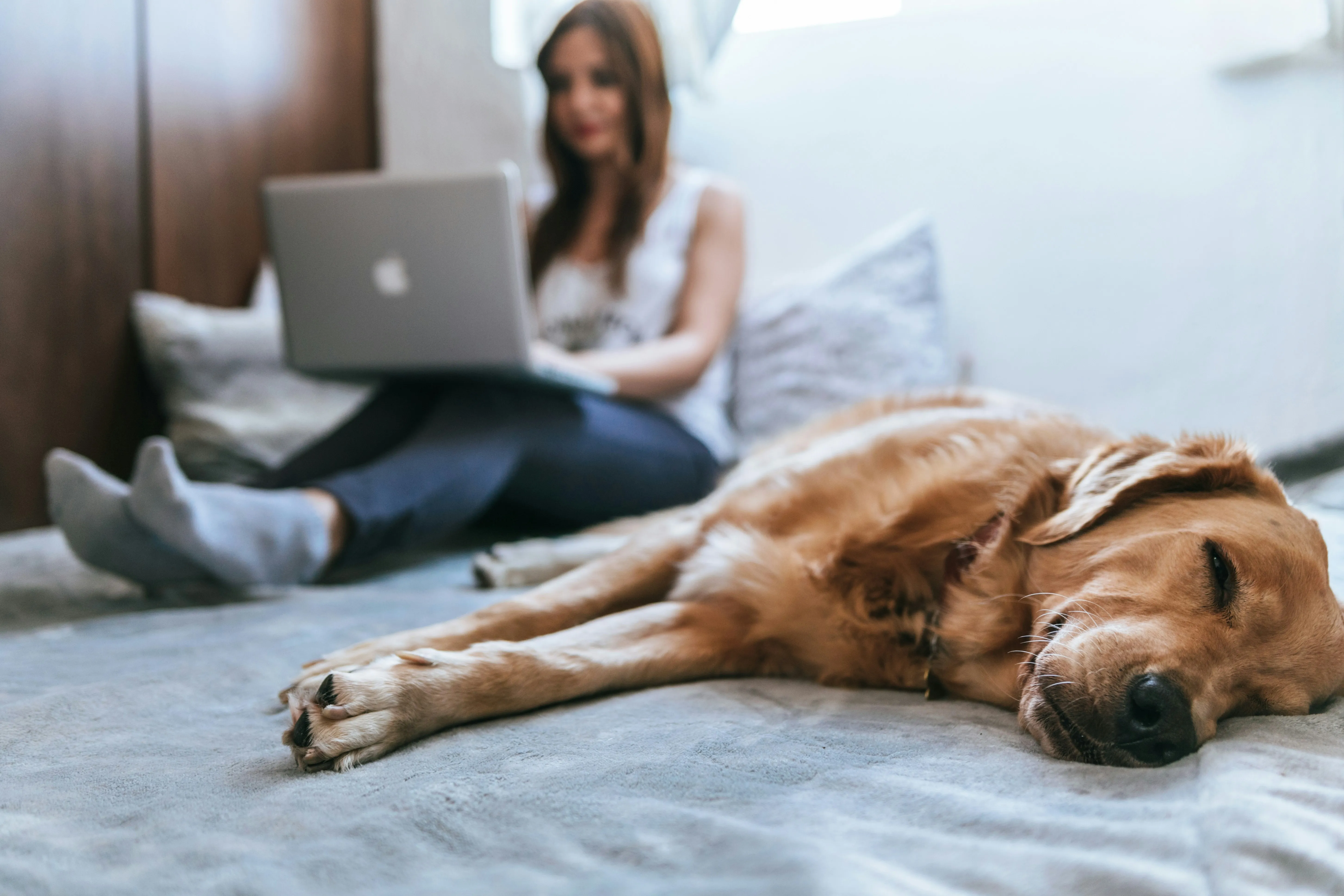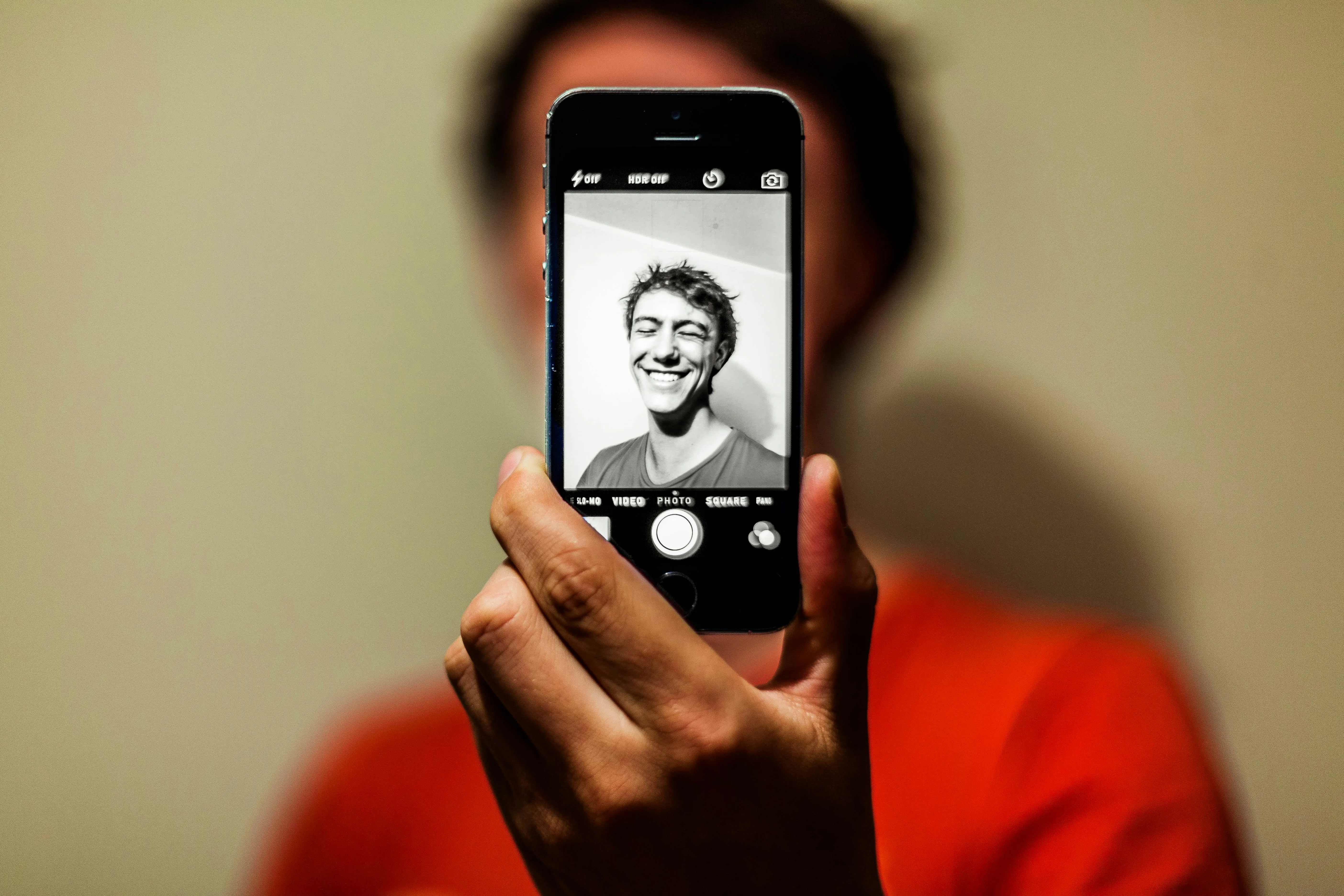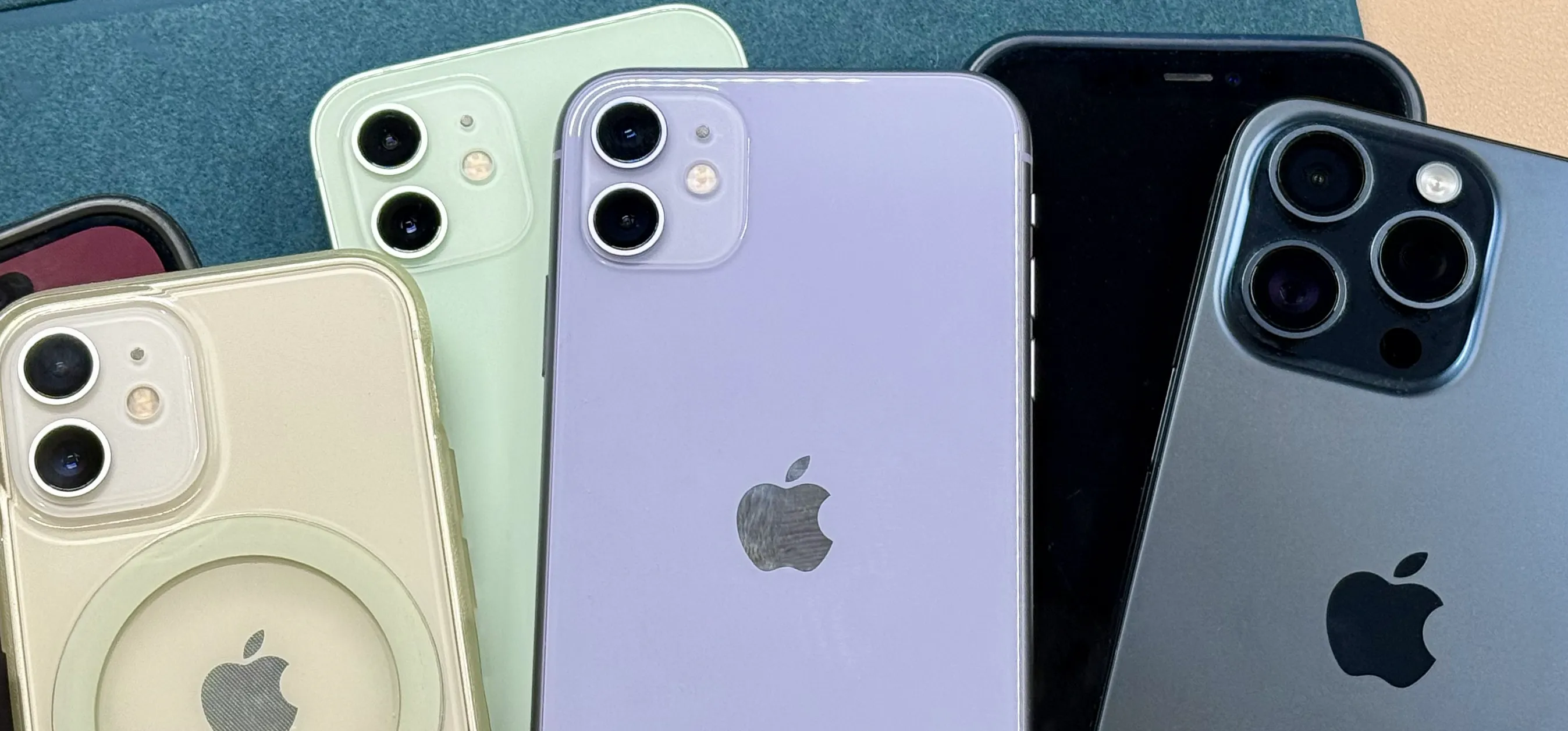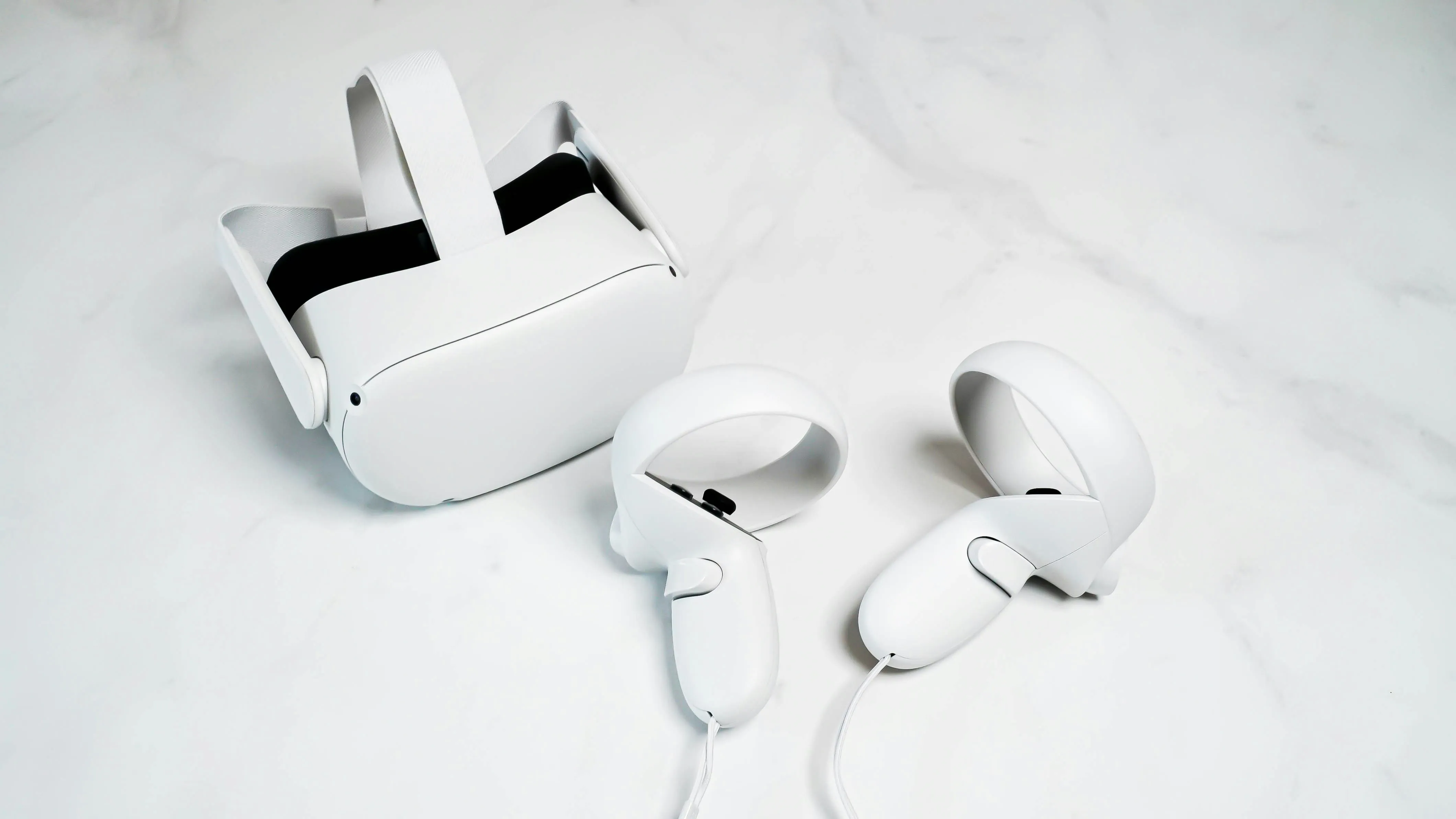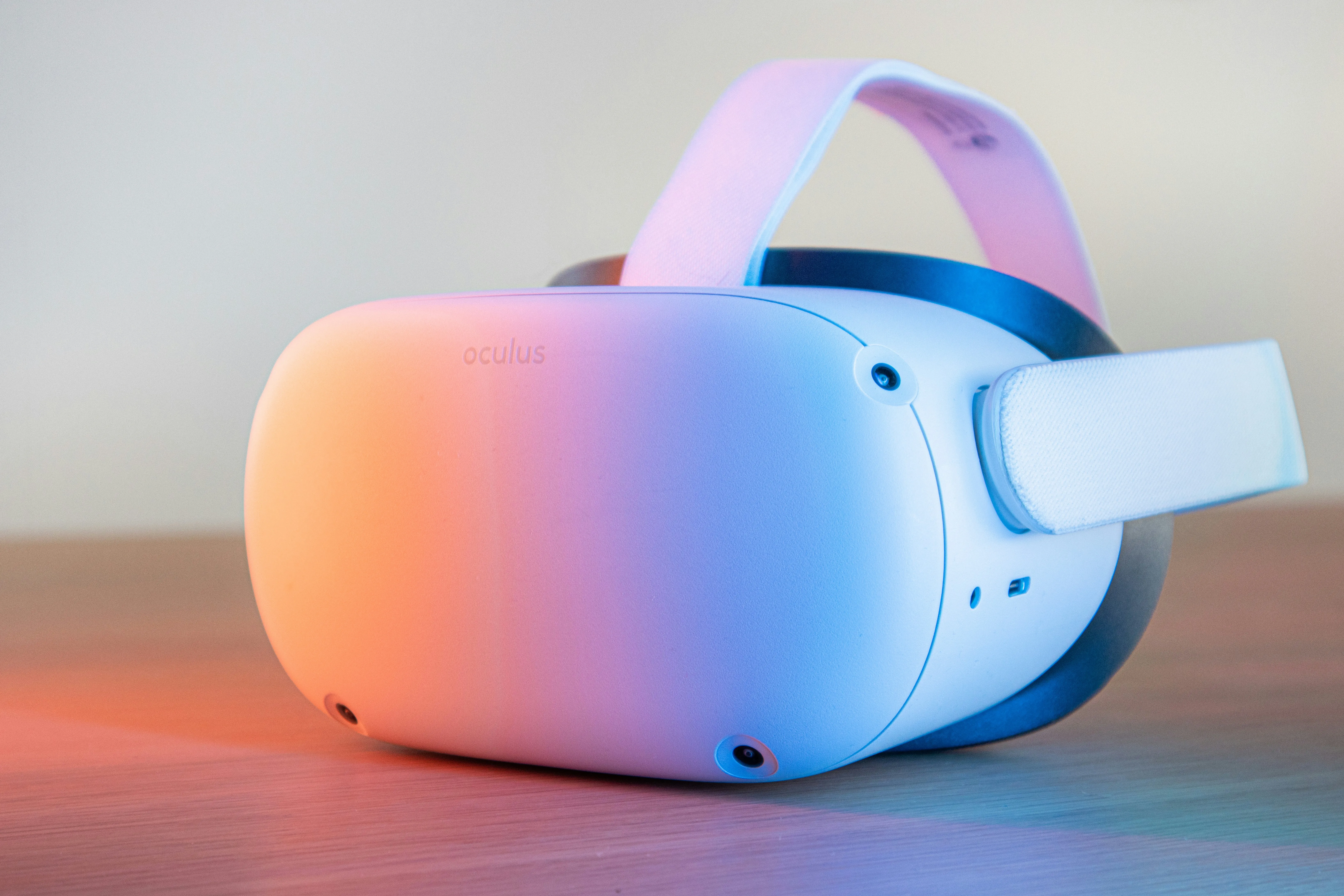How-To Guides about Film & Photography Lighting

how to
How to Use a Light Meter for Correct Film and Video Lighting

how to
How to Single Russian Girls | Russian Dating - SecureDating.Com (HQ Video)


how to
How to Create an effective candle lit scene in your movie






























Featured On WonderHowTo:
Productivity & Shortcuts










Featured On WonderHowTo:
Music & Audio










Featured On WonderHowTo:
Augmented Reality










Featured On WonderHowTo:
Gaming





































